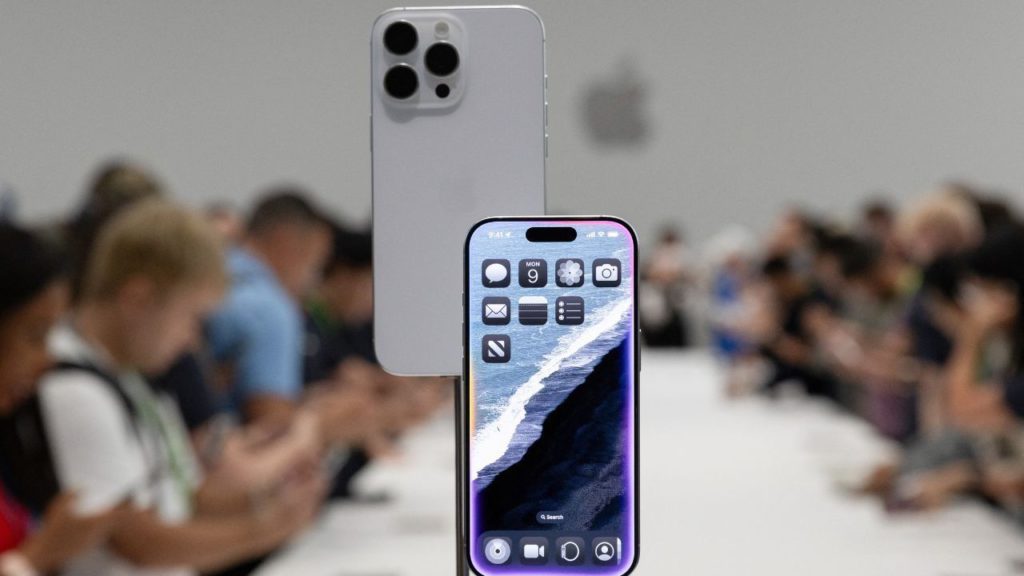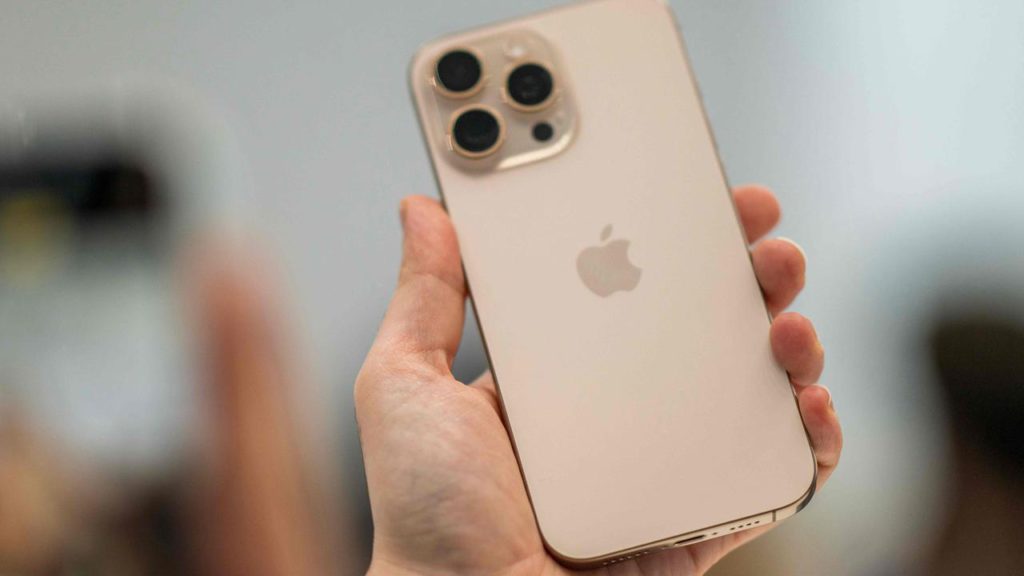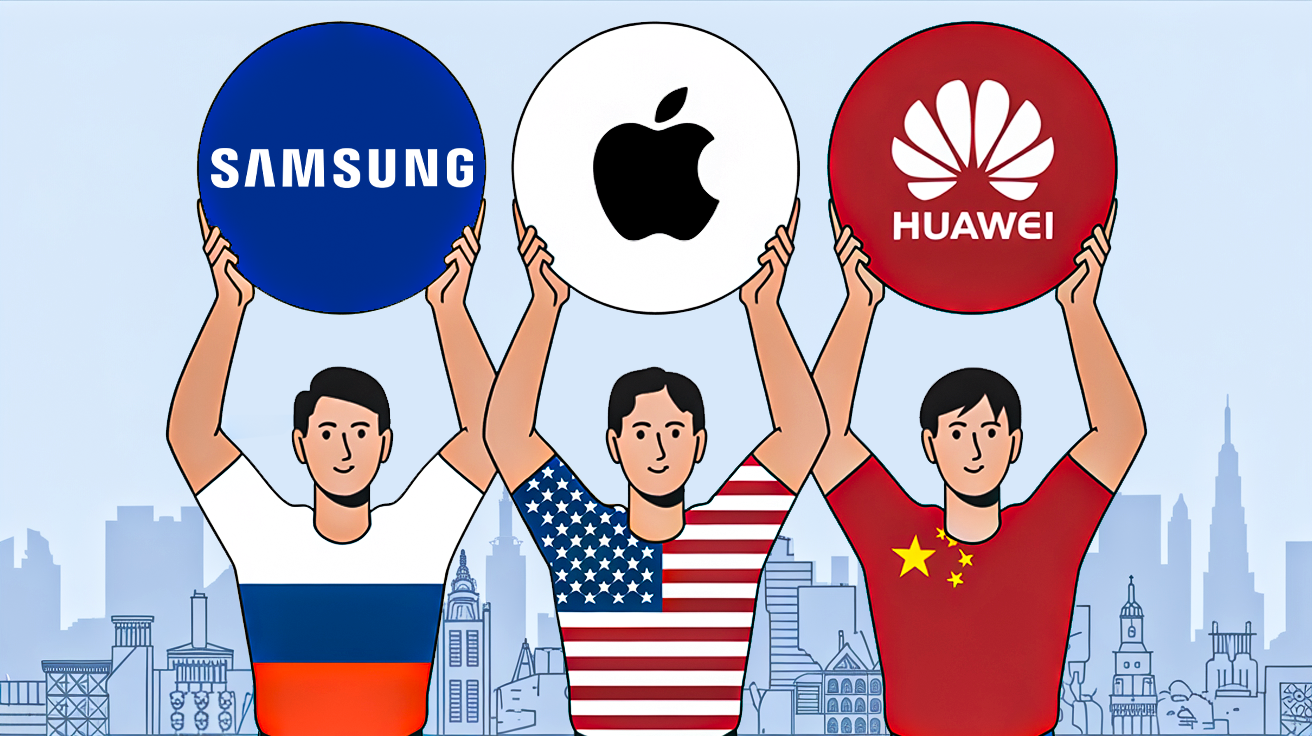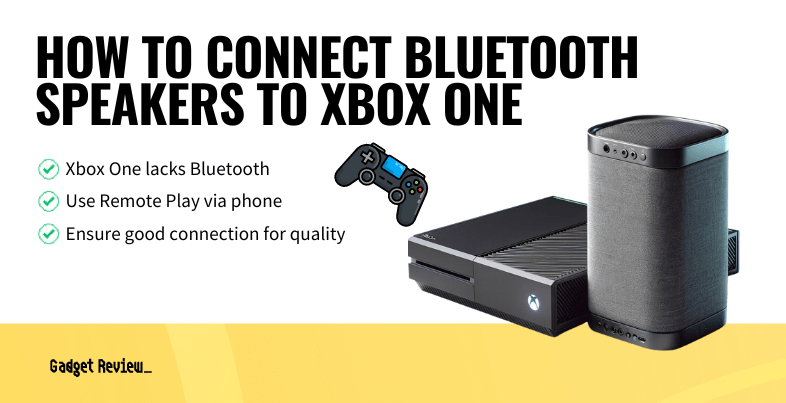The global smartphone market tells a fascinating story of how local economics, cultural preferences, and brand loyalty shape consumer choices. From Apple’s dominance in wealthy markets to Samsung’s broad appeal across different regions, and the rise of brands like Xiaomi and Oppo in emerging economies, each country’s smartphone preferences paint a picture of its unique market dynamics.
We see premium-focused markets in places like Norway and Singapore, value-driven consumers in India and Poland, and markets where status symbolism drives choices, like Vietnam and Cambodia. In some regions, domestic pride plays a crucial role, as seen in South Korea and China, while in others, practical features and price points determine market leaders. We’re covering 32 different countries – and the phones their citizens like to keep most in their pockets.
32. Portugal’s European-Style Smartphone Market

Let’s start with Portugal, where the smartphone landscape follows a familiar European pattern. Samsung has managed to secure the top spot through its clever combination of strong marketing and a wide range of phones at different price points. Apple holds the second position, primarily attracting users who are willing to invest in premium devices. Huawei rounds out the top three, showing that Portuguese consumers still value the brand’s technological offerings.
31. South Korea’s Home Team Advantage

In South Korea, we’re seeing exactly what you’d expect from Samsung’s home turf. The tech giant dominates the market, benefiting from a strong sense of national pride and brand loyalty. Apple has carved out a solid second-place position, which is quite impressive considering the home-field advantage of Korean manufacturers. LG maintains third position, though its market presence isn’t as strong as you might expect from another domestic brand.
30. Russia’s Value-Driven Phone Market

The Russian market tells an interesting story about price sensitivity and feature preferences. Samsung leads the pack here too, likely because their diverse product range includes plenty of mid-range options that offer good value for money. Apple maintains its runner-up position despite higher price points, with particularly strong appeal among younger Russians. Xiaomi’s third-place ranking shows how Russian consumers are increasingly drawn to brands that offer high-end features at more competitive prices.
29. Sri Lanka’s Balance of Quality and Cost

Sri Lanka’s smartphone market reflects a careful balance between quality and affordability. Samsung tops the charts here as well, suggesting that Sri Lankan consumers value the brand’s reputation for reliability. Huawei’s second-place position indicates that the brand has maintained consumer trust in this market. Xiaomi’s strong showing in third place points to a growing segment of price-conscious consumers who still want decent features in their phones.
28. Indonesia’s Youth-Driven Phone Culture

Indonesia’s smartphone scene is particularly fascinating given its massive population and growing middle class. Samsung leads here too, leveraging its strong brand recognition and diverse product lineup. What’s interesting is Oppo’s second-place position, largely driven by their focus on camera technology that resonates with Indonesia’s young, social media-savvy population. Xiaomi rounds out the top three, appealing to the value-conscious segment of the market with their budget-friendly offerings.
27. Germany’s Premium Phone Market

Germany’s smartphone landscape reflects its strong economy and consumer preferences for quality products. Samsung’s leadership position makes sense given German consumers’ appreciation for reliable technology and good value. Apple’s strong second-place showing reveals a substantial market for premium devices, while Huawei maintains third position despite recent global challenges.
26. Vietnam’s Unexpected Apple Dominance

Vietnam’s smartphone market bucks regional trends with Apple leading the pack. This might surprise some, but it reflects the growing purchasing power and status-consciousness of Vietnam’s urban population. Samsung holds a strong second place, while Oppo’s third-place position shows the continued importance of mid-range options with strong camera features.
25. Hong Kong’s Preference for Premium

Hong Kong’s smartphone market tells us a lot about urban consumer preferences in a high-income market. Apple’s dominance here fits the city’s appetite for luxury goods and cutting-edge technology. Samsung maintains a strong second place by offering high-end alternatives, while Huawei keeps its foothold with a mix of premium and mid-range devices.
24. Japan’s Unique Tech Ecosystem

Japan’s phone market stands out with its distinctive mix of international and domestic brands. Apple leads here, which isn’t surprising given Japan’s love for premium tech products. What’s interesting is Sony’s second-place position, showing the enduring appeal of domestic brands in this unique market. Samsung’s third-place ranking is notable given Japan’s historically complicated relationship with Korean brands.
23. Poland’s Value-Conscious Market

Poland’s smartphone scene reveals a market where price-performance ratio matters a lot. Samsung tops the list through its combination of brand prestige and varied price points. Xiaomi’s second place position shows how Polish consumers appreciate good value for money, while Huawei rounds out the top three by offering competitive features at reasonable prices.
22. India’s Budget-Driven Phone Revolution

India’s smartphone story is defined by the rise of value-focused brands. Xiaomi’s market leadership shows how Indian consumers prioritize features-per-rupee over brand prestige. Samsung holds strong in second place by adapting to local price sensitivity, while Vivo’s third-place position reflects the growing influence of Chinese brands offering camera-centric phones at competitive prices.
21. Canada’s Apple-Samsung Duopoly

Canada’s smartphone market mirrors its southern neighbor’s preferences. Apple’s dominance reflects high disposable income and strong iOS ecosystem buy-in. Samsung maintains a solid second place with its premium and mid-range offerings, while Huawei’s third-place position is interesting given recent global market shifts.
20. America’s iOS Loyalty Story

The U.S. smartphone market shows remarkable brand loyalty patterns. Apple’s leadership position stems from strong ecosystem lock-in and carrier partnerships. Samsung holds steady in second place through aggressive marketing and innovation, while LG’s third-place position (though declining) reflects years of carrier relationships and mid-range market presence.
19. UK’s Premium Market Preferences

The UK smartphone market follows a clear premium-first pattern. Apple leads through strong brand loyalty and ecosystem integration. Samsung’s second place comes from its strong presence in both premium and mid-range segments, while Huawei maintains third despite recent challenges in Western markets.
18. Argentina’s Practical Phone Market

Argentina’s smartphone landscape reflects practical consumer needs. Samsung leads through strong local presence and diverse price points. Motorola’s surprise second place shows how brand heritage and reliability matter in this market, while Apple’s third position indicates a smaller but significant premium segment.
17. Mexico’s Three-Tier Phone Market

Mexico’s smartphone market shows clear segmentation by price point. Samsung dominates through its wide range of options and strong retail presence. Apple maintains second place by focusing on the premium segment, while Motorola leverages its long history in Latin America to hold third position with reliable mid-range options.
16. Sweden’s Apple-Centric Market

Sweden’s high-income consumer base shapes its smartphone preferences. Apple leads here thanks to strong ecosystem adoption and high disposable income. Samsung maintains solid second place through premium offerings, while Huawei holds third despite recent Western market challenges.
15. China’s Domestic Brand Loyalty

China’s smartphone market tells a unique story of domestic brand strength. Huawei leads despite global challenges, showing strong local market support. Apple’s second place position proves premium foreign brands can still thrive here, while Xiaomi’s third place spot reflects the market’s appreciation for value-focused innovation.
14. Turkey’s Price-Sensitive Market

Turkey’s smartphone landscape reflects economic realities and value-seeking behavior. Samsung leads through brand strength and diverse pricing, while Xiaomi’s second place position shows growing preference for budget-friendly options. Apple maintains third place with a smaller but dedicated premium market segment.
13. Cambodia’s Status-Symbol Phone Market

Cambodia’s smartphone preferences reveal interesting market dynamics. Apple’s leadership position suggests strong status-symbol purchasing behavior. Oppo’s second place showing comes from effective marketing to younger users, while Samsung rounds out the top three with its broad range of options.
12. France’s Traditional Phone Market

France’s smartphone scene follows established European patterns. Samsung leads through broad market coverage and strong carrier relationships. Apple maintains its premium second place position through brand loyalty and ecosystem strength, while Huawei holds third by offering competitive features despite market challenges.
11. Bhutan’s Emerging Phone Market

Bhutan presents a fascinating case of emerging market preferences. Vivo’s surprise leadership shows how focused marketing and price-conscious offerings can win in developing markets. Samsung holds second through brand recognition, while Apple’s third place indicates a small but growing premium segment.
10. Italy’s Three-Brand Balance

Italy’s smartphone market shows classic European brand preferences. Samsung leads through strong retail presence and diverse options. Apple holds second with its premium offerings and strong ecosystem appeal, while Huawei maintains third position through competitive features and pricing.
9. Spain’s Value-Conscious Choices

Spain’s smartphone landscape reflects careful consumer spending habits. Samsung tops the market through broad price coverage and strong brand presence. Xiaomi’s second place position reveals Spanish consumers’ focus on value, while Apple holds third by attracting premium segment buyers.
8. Taiwan’s Premium Phone Focus

Taiwan’s smartphone market shows strong preference for premium devices. Apple leads here, benefiting from high consumer purchasing power and strong ecosystem adoption. Samsung maintains second place through high-end offerings, while Oppo’s third position comes from effective youth-focused marketing.
7. Romania’s European Phone Trends

Romania’s smartphone market follows familiar European patterns. Samsung leads through its mix of price points and strong retail presence. Apple maintains second place by focusing on urban professionals and premium buyers, while Huawei holds third through competitive features and aggressive pricing.
6. Norway’s High-End Phone Market

Norway’s wealthy consumer base shapes its smartphone choices. Apple leads here, matching the market’s preference for premium products. Samsung holds strong second place with high-end models, while Huawei maintains third despite Western market headwinds.
5. Singapore’s Tech-Savvy Choices

Singapore’s sophisticated market reflects its tech-forward culture. Apple dominates through strong ecosystem integration and high disposable income. Samsung holds second with premium offerings, while Huawei maintains third through competitive features and established brand trust.
4. Australia’s Premium Phone Scene

Australia’s smartphone market mirrors other developed economies. Apple leads through strong ecosystem lock-in and high consumer spending power. Samsung maintains solid second place with premium and mid-range options, while Huawei holds third despite recent market challenges.
3. Finland’s iOS-First Market

Finland’s smartphone preferences show strong premium brand loyalty. Apple leads through ecosystem strength and high consumer purchasing power. Samsung holds second with high-end Android options, while Huawei maintains third position through competitive features and established presence.
2. Brazil’s Practical Phone Market

Brazil’s smartphone scene reflects practical consumer needs. Samsung leads through strong local presence and varied price points. Motorola’s second place shows the lasting power of its mid-range reputation here, while Apple holds third by attracting premium urban consumers.
1. Egypt’s Three-Tier Market

Egypt’s smartphone landscape reveals clear market segmentation. Samsung leads through diverse pricing and strong distribution. Apple maintains second place despite price sensitivity, showing strong aspirational appeal, while Huawei holds third through competitive features and pricing.




























